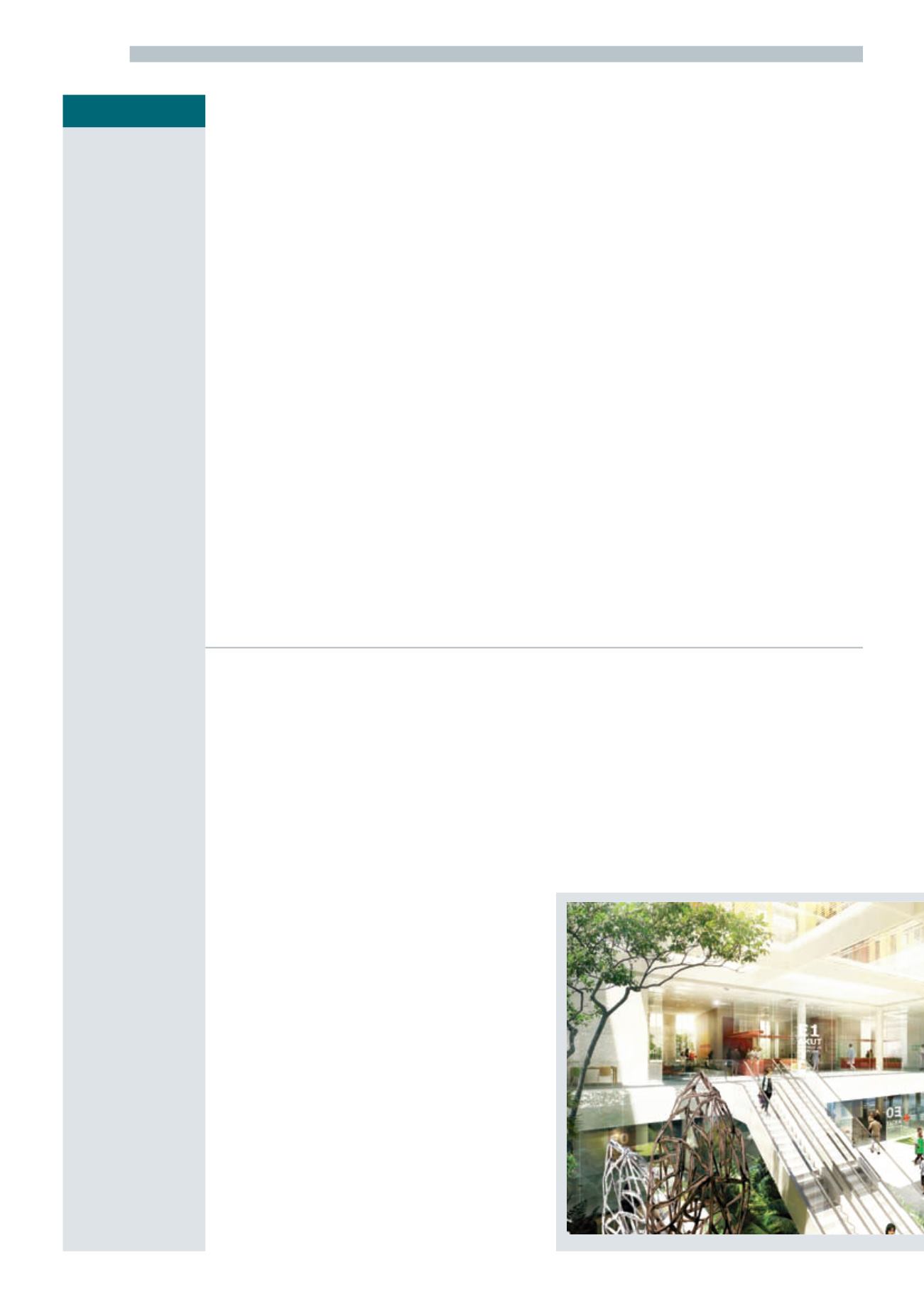
4
NEWS
CONSTRUCTION EUROPE
DECEMBER 2013-JANUARY 2014
2014
Intermat Middle East
January 14 - 16
Abu Dhabi, UAE
World of Concrete
January 21 - 24
Las Vegas, USA
ConExpo-Con/Agg
March 4 - 8, 2014
Las Vegas, USA
SMOPYC 2014
April 1 - 5, 2014
Zaragoza, Spain
Samoter 2014
May 8 - 11, 2014
Verona, Italy
APEX (Access Platform
Exhibition)
June 24 - 26, 2014
Amsterdam, The
Netherlands
International Rental
Exhibition (IRE)
June 24 - 26, 2014
Amsterdam, The
Netherlands
Hillhead 2014
June 24 - 26, 2014
Buxton, UK
Bauma China 2014
November 25 - 28, 2014
Shanghai, China
bC India 2014
December 15 - 18, 2014
Delhi, India
2015
Intermat 2015
April 20 - 25, 2015
Paris, France
construction.com
ConExpo Latin America
October 21-24, 2015
Santiago, Chile
www conexpolatinamerica.
com
EVENTS DIARY
Finnish asphalt cartel
has to pay damages
Settlement is reduced by more than 70% because of state
involvement, according to court documents
F
innish contractor Lemminkäinen has been
ordered to pay €48 million in damages, interest
and legal expenses by the District Court of Helsinki
to reimburse local authorities after being found guilty of
acting as part of an asphalt cartel.
Six other defendants have been ordered to pay
damages – VLT Trading, NCC Roads, Skanska Asfaltti,
SA-Capital, Rudus Asfaltti and Super Asfaltti – up to the
low single digit millions.
Lemminkäinen’s was the largest, split into damages
of €26 million, and interest and legal expenses of
approximately €22 million.
The company expects to make a loss in 2013 as a
result. However, the damages of €123 million that were
originally sought from Lemminkäinen were lowered after
claims by the Finnish Transport Agency were rejected by
the court.
The government had sought damages of €56.7 million,
but the claim was dismissed as a result of evidence that
it benefited from the cartel.
Court documents say that the National Board of Public
Roads (NBPR) and the Finnish Road Enterprise (FRE)
participated in a cartel concerning work commissioned
by the State from at least 1998. Representatives of the
BNPR were said to have been aware of the existence of
the cartel from as early as in 1994.
The BNPR was responsible for maintaining Finland’s
public roads and commissioning new work, while the
FRE was responsible for construction. This structure
was changed with the creation of the Finnish Transport
Agency at the start of 2010.
In 2009, Finland’s Supreme Administrative Court
handed down fines totalling €82.55 million to the seven
contractors after finding them guilty of operating the
nationwide asphalt cartel between 1994 and 2002.
A spokesman from Skanska said it was still in the
process of analysing how much the damages ruling
would affect it, but it did not expect it to impact the
overall 2013 group result.
Lemminkäinen said the latest claims for damages were
without foundation, while NCC also echoed this. All the
contractors were given 30 days to submit an appeal.
ce
Concern over environmental revisions
Concerns are being
raised about the revision
of the Environmental
Impact Assessment
(EIA) Directive and
the amendments to
it introduced at the
European Parliament
stage.
CEMBUREAU (the
European Cement
Association) said that the
Non-Energy Extractive
Industries Panel (NEEIP),
of which it is a member,
had raised several
concerns regarding
the revision of the EIA
Directive and certain
amendments that are
being introduced at
parliamentary stage.
According to
CEMBUREAU, since
the publication of the
proposal of the European
Commission to revise the
EIA Directive, the NEEIP
has consistently called for
the current EIA regime
to be streamlined. The
aim of this is to achieve a
clearer, more predictable
and less costly legislation,
which also meets high
environmental standards.
Nevertheless, the
NEEIP said it was firmly
opposed to proposals
which disproportionately
extended the scope of
the EIA.
CEMBUREAU said that
an example of this was
that the NEEIP believed
that the inclusion of
exploration of mineral
resources within the
scope of the EIA would
be disproportionate. It
claimed that this was
in the light of their low
environmental impacts,
together with the fact
that exploration involved
large investments
without any revenue
generated.
The NEEIP has also
expressed its concern
regarding proposals
which would have a
negative impact on
the consistency of the
EIA Directive, proper
definition of criteria and
transposition, such as
the inclusion of “visual
impact” and subsoil
proposals.
In addition,
CEMBUREAU said that
the inclusion of ex-post
monitoring requirements
in the EIA Directive was
inappropriate. It said
that these requirements
overlapped with
other binding sectoral
European Union
instruments, including
the Industrial Emissions
Directive, the Mining
Waste Directive, as well
as the BAT (Best Available
Technique) references.
ce


